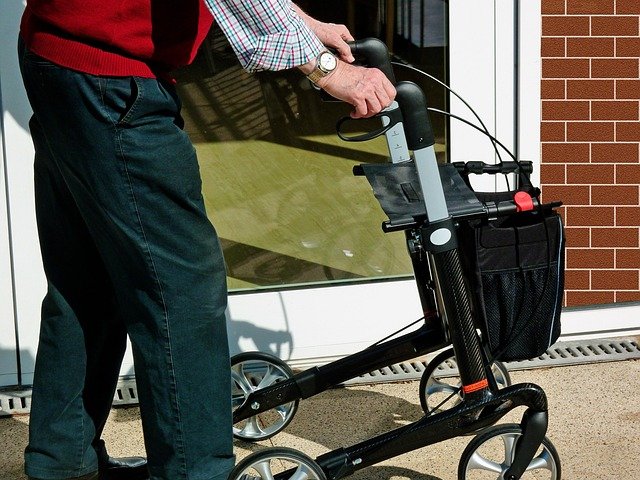Senior Apartments: Housing Options for Older Adults in the UK
Living arrangements for older adults take many forms, and senior apartments are one common option that combines independent living with building-level support and age-friendly design. This article explains what senior apartments are, who they suit, how to evaluate local options, the typical services and adaptations offered, and key legal and safety considerations for UK residents and those researching options from abroad.

What are senior apartments?
Senior apartments are residential units designed for people in later life, typically grouped within a building or development that prioritises accessibility, convenience and community. Unlike care homes, these apartments are usually self-contained, enabling residents to live independently while benefiting from features such as level entrances, wider doorways and communal spaces. Developments may be age-restricted (for example, 55+) but the exact definition and rules vary between providers and local policies.
Who are they suitable for?
These apartments are suitable for older adults who want to maintain independence but prefer housing adapted to changing mobility and social needs. They can be a good fit for people who do not require full-time personal care but value safety features, lower-maintenance living and social opportunities. Senior apartments also appeal to those downsizing from larger homes, couples with differing care needs, and individuals planning proactively for later-life accessibility.
How to choose senior apartments in your area?
Start by listing priorities: location, access to local services, transport links, medical facilities and social opportunities. Visit prospective buildings at different times of day to assess atmosphere and noise. Check the lease or rental terms carefully — look for details on service charges, maintenance responsibilities and any age or residency restrictions. Speak with residents and review building policies on visitors, pets and emergency response. Local councils and housing advice charities can provide impartial guidance on housing choices and rights.
Design features and typical services
Most senior apartment schemes include practical design features: level-access routes, slip-resistant flooring, walk-in showers, good lighting and accessible kitchens. Communal amenities may include lounges, gardens, on-site laundry, guest rooms and activity programmes. Some developments provide optional support such as housekeeping, meal services or visiting care staff arranged through local agencies. The availability of such services varies widely between private developments, housing associations and specialist retirement communities.
Legal, safety and care considerations
When evaluating a property, check building safety standards, fire procedures and whether the landlord or freeholder maintains safety equipment and communal areas. Understand tenancy rights or leasehold obligations under UK law: consult Citizens Advice, a solicitor or a housing advisor if terms are unclear. If personal care needs arise, eligibility for local authority assessments can determine access to funded social care; NHS Continuing Healthcare may apply in specific health-dominated cases. Ensure any care arrangements are provided by regulated organisations if personal care is required.
Conclusion
Senior apartments offer a flexible option for many older adults, combining independent living with features and community supports designed for ageing. Choosing the right option involves assessing personal needs, reviewing contract terms and checking local services and safety measures. Making informed comparisons and seeking impartial advice from housing professionals or local authorities can help ensure the living arrangement matches both current needs and likely future changes.




